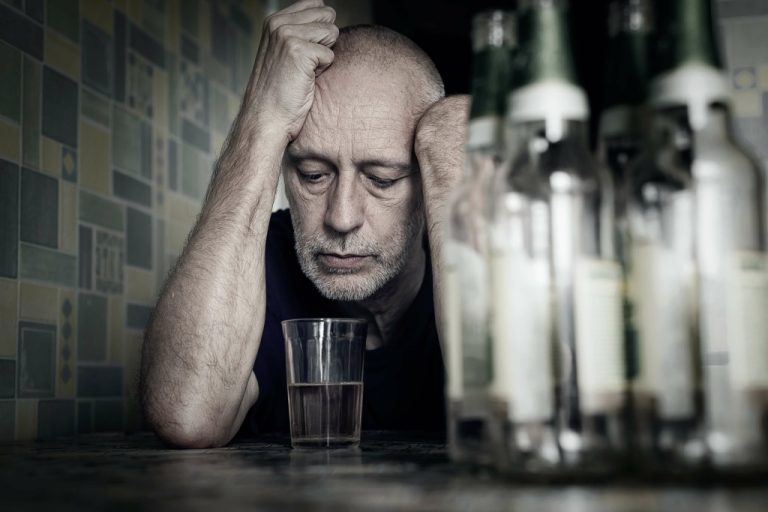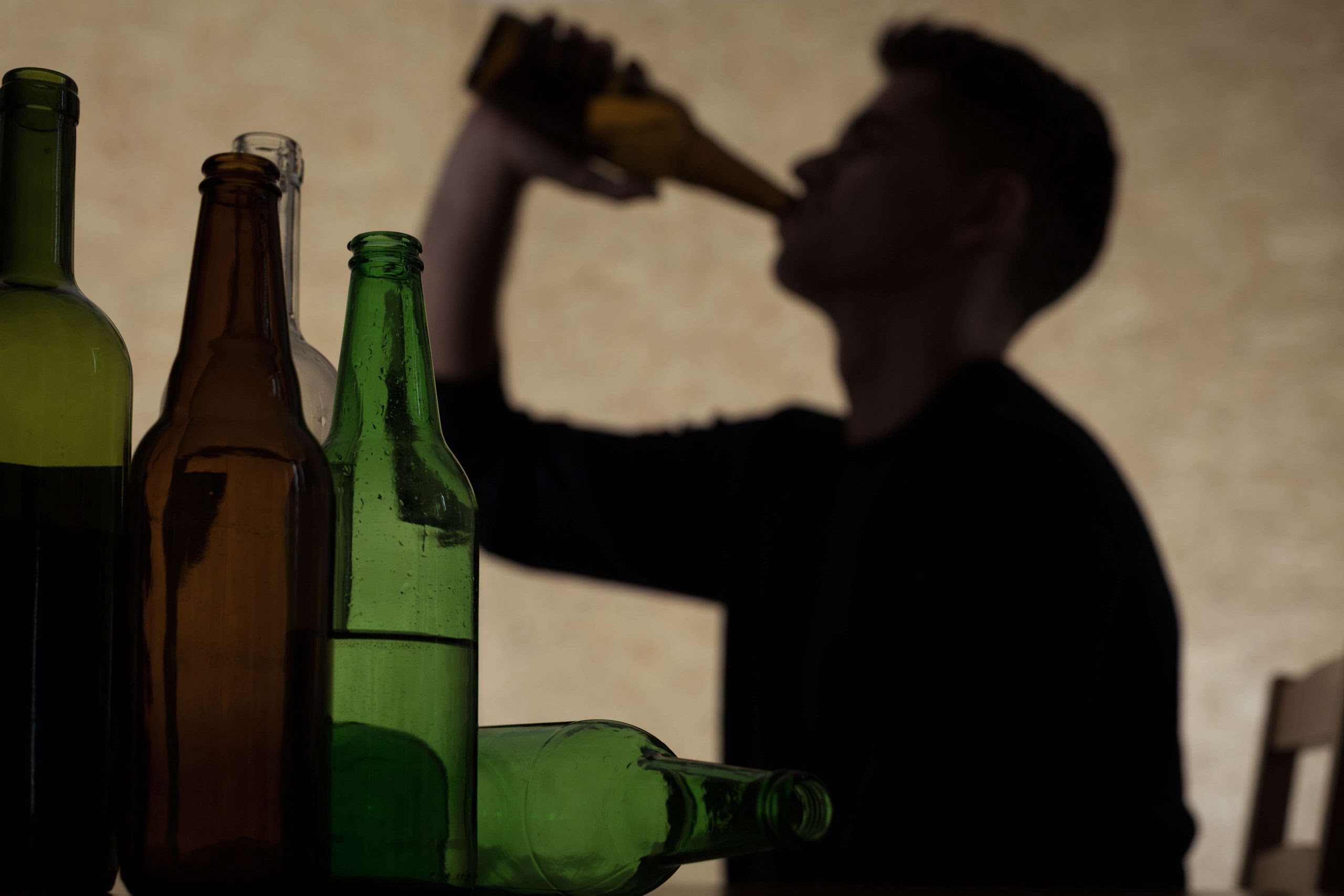CBD also acts on a number of receptors of different neurotransmitters systems. On the other hand, CBD dose-dependently reverses 5-HT-evoked currents and decreases the efficacy of 5-HT, although it does not alter its potency or compete with the 5-HT3 receptor binding site 22,23. These results support the idea that CBD acts as an allosteric modulator of 5-HT receptors 10.
- Relevant studies reporting CBD’s AEs or toxicity were identified from PubMed, Cochrane Central, and EMBASE through January 2019.
- In case of Alzheimer’s disease (AD), studies in mice and rats showed reduced amyloid beta neuroinflammation (linked to reduced interleukin IL-6 and microglial activation) after CBD treatment.
- Hillard that “many CBD products would be delivering enough THC along with it to provide a bit of a high and that’s more likely where the relief is coming from”79.
- The patient progressively became more obtunded but was able to maintain a patent airway with intermittent, aggressive stimuli.
Stress-induced Anxiety Models
Sixty active compounds are unique to the plant and are collectively known as cannabinoids. Delta-9-tetrahydrocannanbinol (THC) is the most psychoactive cannabinoid, producing euphoria, relaxation, intensification of ordinary sensory experiences, perceptual alterations, diminished pain, and difficulties with memory and concentration. Cannabidiol, (CBD), is another cannabinoid that acts as an antagonist of the endocannabinoid system. After extensive literature study of the available trials performed until September 2016, CBD side effects were generally mild and infrequent. The only exception seems to be a multicenter open-label study with a total of 162 patients aged 1–30 years, with treatment-resistant epilepsy.

Toxicological properties of THC

Possible long-term risks encompass liver toxicity and reproductive toxicity28. The most common adverse effects of nabiximols in clinical trials conducted in patients with multiple sclerosis were dizziness, fatigue and gastrointestinal disorders (e.g. nausea, vomiting, diarrhoea) (82, 83, 84, 85, 86, 87, 88, 89, 90, 91, 92). These adverse effects and poor efficacy were the main reasons for some patients to discontinue therapy (88, 90). In patients with multiple sclerosis the risk of accidental injury may be increased (83, 87, 92, 93, 94).

Can CBD be taken for life?
Nonetheless, we also included these studies with repeated CBD treatment, because we think that compared to a one-time dose of CBD, repeated CBD regimens add value and knowledge to the field and therefore should be mentioned here. A second caveat of preclinical studies is that supraphysiological concentrations of compounds are often used. This means that the observed effects, for instance, are not caused by a specific binding of CBD to one of its receptors but are due to unspecific binding following the high compound concentration, which can inactivate the receptor or transporter.
Drowsiness and fatigue reportedly affected 37% and 16% of children, respectively. In a retrospective study of 74 children 1–18 years old with seizures, the CBD dose is cbd addictive ranged from 1 to 20 mg/kg/day for more than 3 months (average 6 months) 69. Status epilepticus was attributed to the disease, and drowsiness and fatigue could have been due to the other administered anti-epileptic drugs, making it difficult to assign AEs to the CBD treatment. This review could substantiate and expand the findings of Bergamaschi et al. about CBD favorable safety profile.1 Nonetheless, various areas of CBD research should be extended. First, more studies researching CBD side effects after real chronic administration need to be conducted.
Factors That Determine Safe CBD Doses

Severe AEs included sedation occurring in 23% of 86 patients receiving CBD; 14% patients treated with CBD and one (1%) treated with placebo withdrew from the study. De Petrocellis et al. found that 1-10 µM CBD significantly inhibited human prostate carcinoma cell viability, inducing apoptosis and elevation https://ecosoberhouse.com/ of reactive oxygen species (ROS) 48. Exciting new developments for enhancing CBD effects in inducing cell death and enhancing radiosensitivity of glioblastoma (GBM) cells were recently published 49. GBM cells treated with CBD, γ-irradiation, and KU60019, an ATM kinase inhibitor, increased apoptosis and with strongly upregulated arrested cells, blockade of cell proliferation, and production of pro-inflammatory cytokines, improving CBD effectiveness. However, to enable the reader to independently evaluate CBD’s AEs and toxicity, we briefly highlight some current research supporting CBD therapeutics.
Best CBD:THC Ratio for Nausea
- Nearly 3 decades later, in the early 1990s, the specific cannabinoid receptors were discovered, CB1 (or Cnr1) and CB2 (or Cnr2).
- The casual cannabis user experiences more impairment in cognitive and psychomotor function to a particular acute dose than heavier, chronic users.
- CBD has shown promise as a therapeutic agent for different conditions, but you need to be fully aware of the potential side effects and toxicity risks.
- Urine screening was notable for a metabolite of THC, but testing was not readily available for CBD nor for synthetic cannabinoids.
If someone who has been using marijuana develops any of the symptoms of intoxication, has trouble breathing, or cannot be awakened, call 911 or the local emergency number. If the person has stopped breathing or has no pulse, begin cardiopulmonary resuscitation (CPR) and continue it until help arrives. The degree of these side effects varies from person to person, as well as with the amount and strength of marijuana used.
Table 2. Arterial blood gas.

If you start noticing yellowing of the skin or unexplained belly pain, it’s time for a healthcare consultation. Before we get into the specifics of CBD toxicity, it’s worth noting why CBD has become such a buzzword. It’s like the cool kid on the block, offering potential relief from pain, anxiety, and inflammation Halfway house without the ‘trip’ that comes with its notorious cousin, THC. Singapore allows medical cannabis on a case-by-case basis, usually as a last resort drug.
